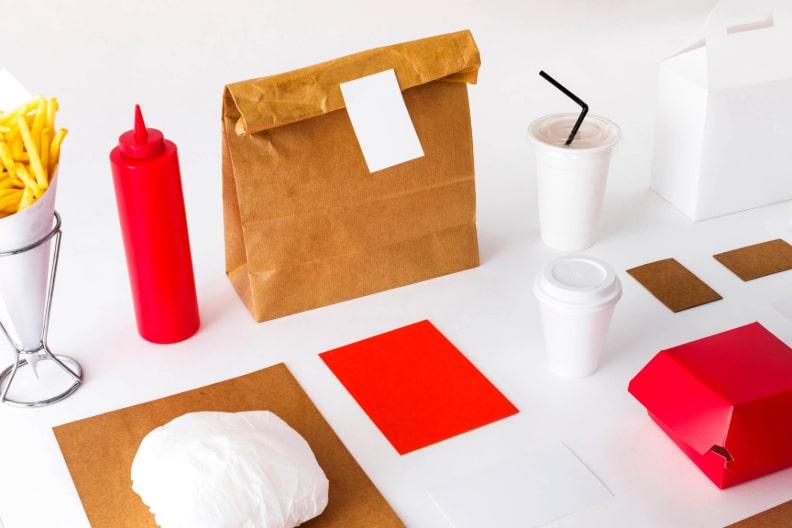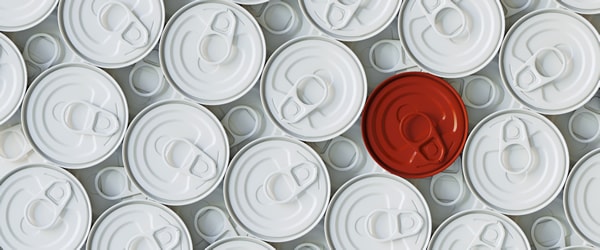Non-intentionally added substances (NIAS)

NIAS: Understanding the Hidden Contaminants in Food Packaging
Food packaging plays a critical role in preserving freshness, extending shelf life, and ensuring the safety of food products. However, the materials used to create food packaging can contain non-intentionally added substances (NIAS). These chemicals are not purposely included in the manufacturing process but can unintentionally migrate into food, potentially impacting consumer health.
What are NIAS?
NIAS are a diverse group of chemical compounds that may be present in food packaging due to:
• Impurities in raw materials used to make packaging
• Reaction byproducts formed during the manufacturing process
• Breakdown products of packaging components over time
• Contamination from external sources
The types of NIAS that can migrate into food vary significantly depending on the specific packaging material.
How Do NIAS Pose a Risk?
While some NIAS might be harmless, others have the potential to negatively affect human health. Certain NIAS may have endocrine-disrupting properties, while others could be carcinogenic or genotoxic. The level of risk posed by NIAS depends on factors such as their toxicity, the amount migrated into food, and the level of consumer exposure.
Managing NIAS with Advanced Testing
At Nanolab Laboratory Group we take the risk of NIAS very seriously. That's why we use state-of-the-art testing techniques to identify and quantify potential NIAS contaminants in food packaging materials. Our analytical approaches include:
• LC-MS QTOF (Liquid Chromatography-Mass Spectrometry with Quadrupole Time-of-Flight): For the sensitive detection and characterization of a wide range of NIAS.
• GC-MS/MS (Gas Chromatography-Tandem Mass Spectrometry): Targeting volatile and semi-volatile NIAS.
• GC-MS Headspace: Specializing in detecting trace-level volatile NIAS.
Regulations on NIAS
Understanding and complying with the regulatory landscape surrounding NIAS is essential for the food packaging industry. Key legislative sources include:
• EU Regulation (EC) No. 1935/2004: Framework regulation on materials and articles intended to come into contact with food.
• EU Regulation (EU) No. 10/2011: Sets specific rules for plastic food contact materials, including an emphasis on minimizing NIAS.
• Food and Drug Administration (FDA): Regulations within the Code of Federal Regulations (CFR) govern substances allowed for specific food contact applications. The FDA also issues guidance documents, including those with thresholds of regulation for substances that may indirectly transfer into food (including some NIAS).
Contact us to learn more about our NIAS analysis services and how we can help ensure the safety of your food packaging products.

